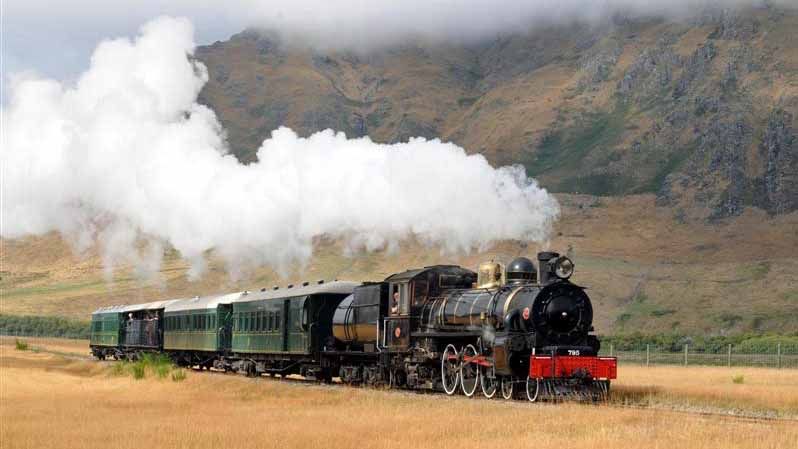
The standard operating procedures (SOPs) imposed during CMCO severely restricts judo clubs. We're not as restricted by the SOPs as cinemas are (they can't operate at all). But we are more restricted than restaurants (which are fully operational but have to limit the number of customers and observe distancing).
Judo is a full-contact sport, so if no contact is allowed you can't really do judo. But you can still train. And that is what we've been doing.
I always believe in two core principles when faced with restrictions:
a) If there's a will, there's a way
b) Restrictions force you to be more creative
These two principles are what drives me to continue to provide the best training we can possibly offer to our members. If they want to train, it's my job to offer them not just training, but great training. And this is done through coming up with creative solutions to the limitations we are faced with.
This is not the first time we've had to train with restrictions. Earlier in the year, we already went through that during the first CMCO. Back then, we did just very basic training. Some footwork with sticks and some HIIT stuff. That got us through the first CMCO.
When the second CMCO was imposed, we started by doing the same basic stuff with sticks and HIIT. It's not an ideal way to train in judo but it did allow our members a chance to really focus on their footwork. I dare say that our members who have been coming for regular training now have really excellent footwork.
Initially, we didn't do any newaza. With tachi-waza, you can do shadow uchikomi but with newaza, what can you do? It's not so obvious. Then, one day it dawned up on me that if the players were to stuff their judogis with pillows, they would have simple judo dummies that can be used to do newaza moves on. And so, we started doing newaza drills as well.
We spent about a month doing foundational stuff with footwork for tachi-waza and hold-downs for newaza. In the past week though, I've started doing more advanced stuff with them.
For example, for tachi-waza, I've started introducing movement, so they aren't just doing static shadow uchikomi anymore. I've also got them doing "air nagekomi" where they throw an invisible partner and complete the throw by doing a breakfall. That gets them going through the full range of motion for a throw and it teaches them to commit to the throw as well. (It also trains them to become better at breakfalls).
For newaza, besides having the players transition from one hold-down to another, I've also started teaching them various turnovers into hold-downs. A judogi stuffed with a pillow works quite well for that. And just yesterday, we even managed to work on a strangle! Soon, we will work on armlocks and sankakus as well.
The progress we've made with tachi-waza and newaza has convinced me that there are actually very few things that can't be worked on or drilled during the lock-down if we just employ a bit of imagination and creativity.
It's crucial that your players have confidence in your training system though. If someone doesn't believe the drills are beneficial, it won't work because their heart won't be in it. They'll just be going through the motions and will learn nothing. But if they trust in the system and they train wholeheartedly, they will benefit from the training. That's 100% guaranteed.
We have a few players who joined our club just around the time the CMCO was re-imposed, so their training in judo has been limited to working out with sticks and pillows-in-a-judogi. Without the benefit of having experienced full-contact judo before, it's very hard for them to visualize the techniques they are drilling for.
What I do is assure them that these drills will help them master judo techniques very quickly once they are allowed to do regular judo. It's sort of like how Mr Miyagi taught Daniel how to "Wax On, Wax Off". I know, it's super corny but this is an apt analogy.
I'm very confident that all the players — both newcomers and the experienced ones — will be pleasantly surprised, once the CMCO is lifted, at how much they've progressed during this time. Right now, it's hard for them to tell because they're not allowed to do any full-contact judo or randori. So they have no real way of gauging their improvements.
I don't know how much longer the CMCO will last. It's supposed to end Dec 6 but the general perception is that it will be extended further. If so, we'll just keep training this way. It's not ideal but it's better than doing nothing. A lot better. This will be obvious to all soon enough.
